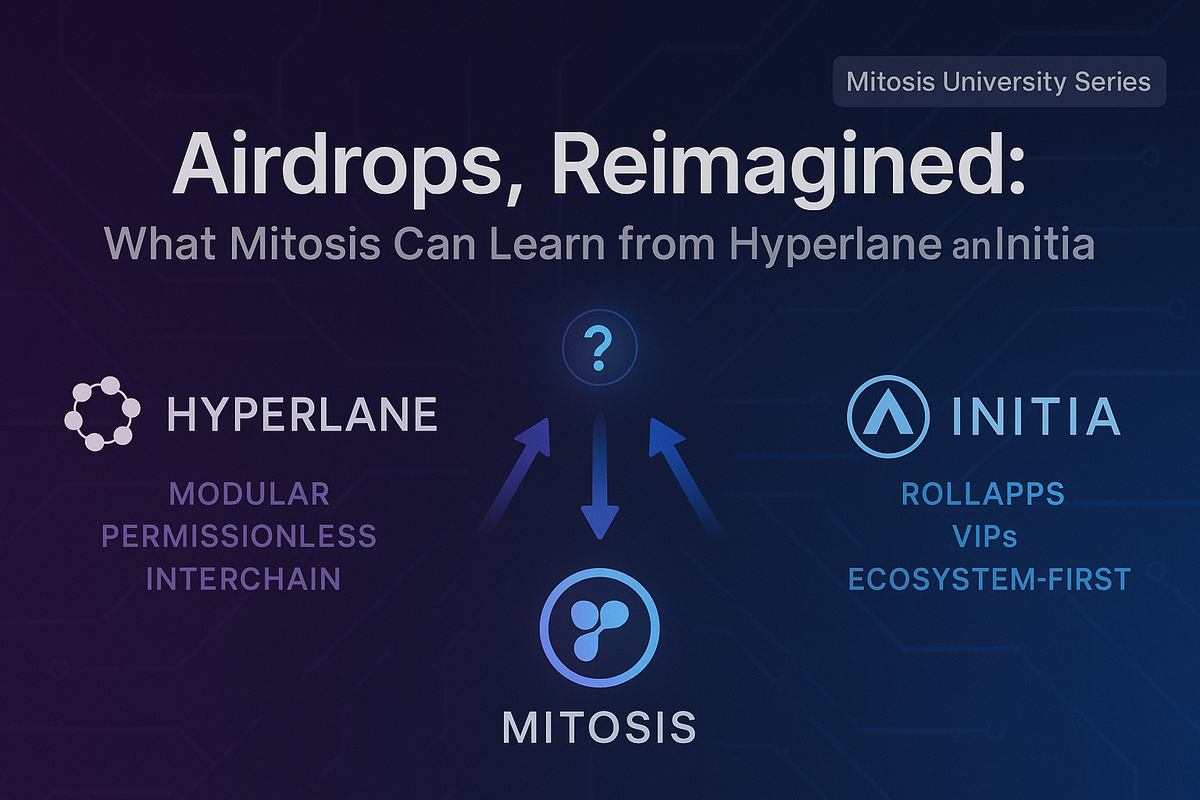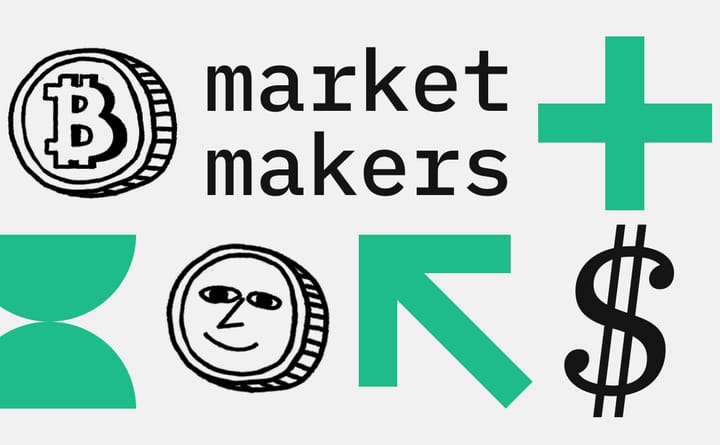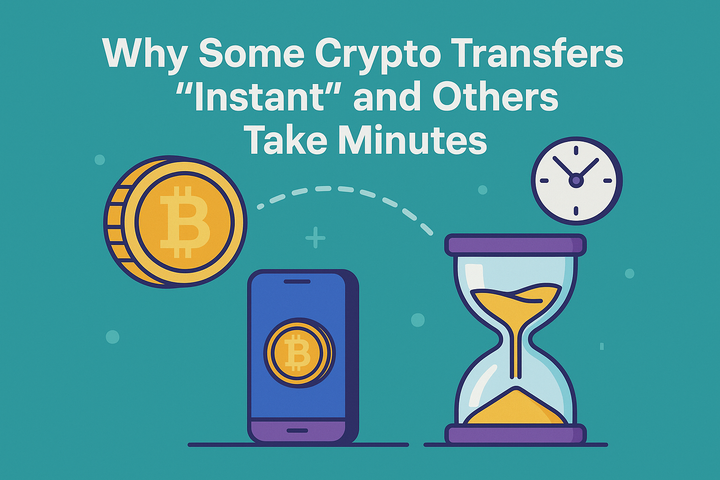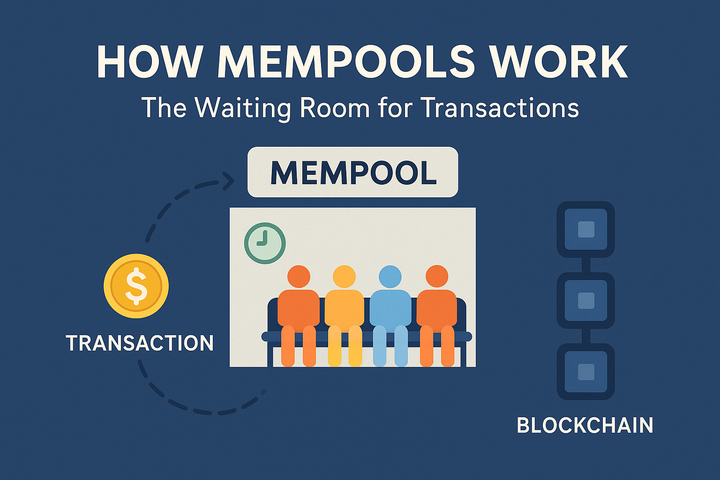Airdrops, Reimagined: What Mitosis Can Learn from Hyperlane and Initia

Introduction
Airdrops used to be exciting — until they became a game for whales and bots. But now, protocols like Hyperlane and Initia are bringing fresh, community-driven models back into focus.
As Mitosis prepares to grow its contributor base and community, these two projects offer valuable insight into what works (and what doesn’t) when it comes to user incentives.
Let’s explore how their strategies differ, what made them successful (or controversial), and how Mitosis can use these lessons to design meaningful reward systems.
Hyperlane & Initia: Two Airdrops, Two Philosophies
Hyperlane — Rewarding the “Sovereign Rollup” Ethos
Hyperlane is a permissionless interoperability layer, and its airdrop was designed to reward builders who align with its vision of sovereign modular chains.
Key traits of the airdrop:
➠ Focused on builders, developers, and ecosystem contributors
➠ Included on-chain activity and community involvement
➠ Made it clear that tokens were for participation — not just speculation
Example: Hyperlane rewarded developers who launched test rollups using its stack — not just people who bridged or swapped tokens. This showed real intent to support builders.
Lesson for Mitosis: As a modular ecosystem, Mitosis could offer similar incentives to developers who launch early rollups, deploy infrastructure, or contribute documentation.
Initia — LayerZero Meets Cosmos Incentives active testers
Initia blends the Cosmos SDK with general messaging infrastructure. Its airdrop stood out for its: ➠ Inclusion of early Cosmos and Ethereum users ➠ Retroactive rewards for IBC participation ➠ Early whitelisting for validators, LPs, and active testers
Example: Initia whitelisted active participants from other ecosystems like Celestia and Stargaze, showing its appreciation for cross-chain contributors — not just local token holders.
Lesson for Mitosis: This strategy can work well for Mitosis too — especially if the goal is to attract users from similar modular or rollup-based ecosystems.
What Airdrops Can Teach Us About Community Design
Both of these drops moved past basic token farming and leaned into value-aligned incentives. Let’s break down what they did right — and how Mitosis can apply the same logic. 1. Target the Right Users, Not Just the Loudest Airdrops often go to those who farm hardest, not those who contribute meaningfully. Hyperlane and Initia both took steps to filter for builders, long-term users, and multi-chain explorers. Mitosis Tip: Focus on rewarding early contributors who participate in community calls, share educational content, run rollup nodes, or test SDK modules. 2. Gamify Participation with Milestones Airdrops can also educate — if you do them right. Both projects structured tasks that encouraged users to learn about the platform and engage with new features. Example: Initia ran quests that pushed users to try cross-chain messaging and liquidity bridging. Mitosis Tip: Design contributor quests that explore key parts of the modular stack — from deploying a rollup to publishing a module or analyzing a DA layer. 3. Don’t Fear Retroactive Drops Retroactive airdrops are powerful because they reward proof of belief — users who contributed before rewards were guaranteed. Mitosis Tip: Track early GitHub commits, governance votes, or educational posts about the Mitosis ecosystem — these are signals of real commitment.
Conclusion
Airdrops are evolving, and projects like Hyperlane and Initia are leading the charge. Their strategies reveal a bigger truth: rewards work best when they align with community values, not just hype.



Comments ()